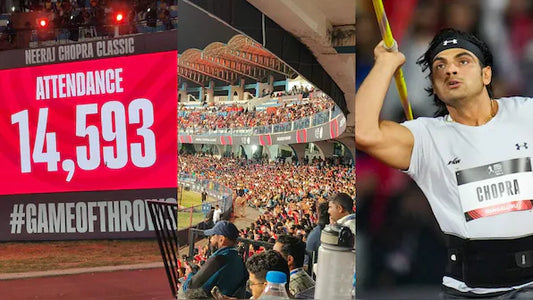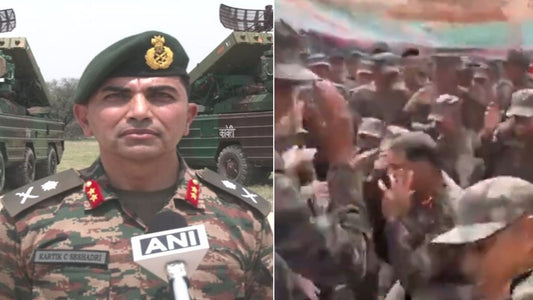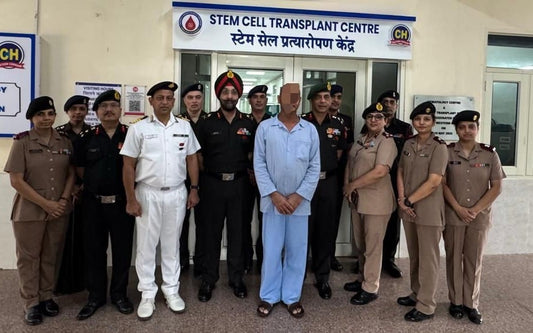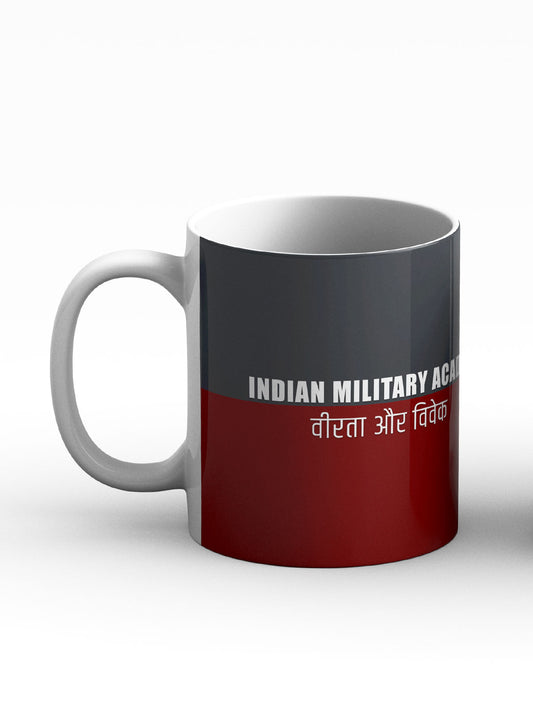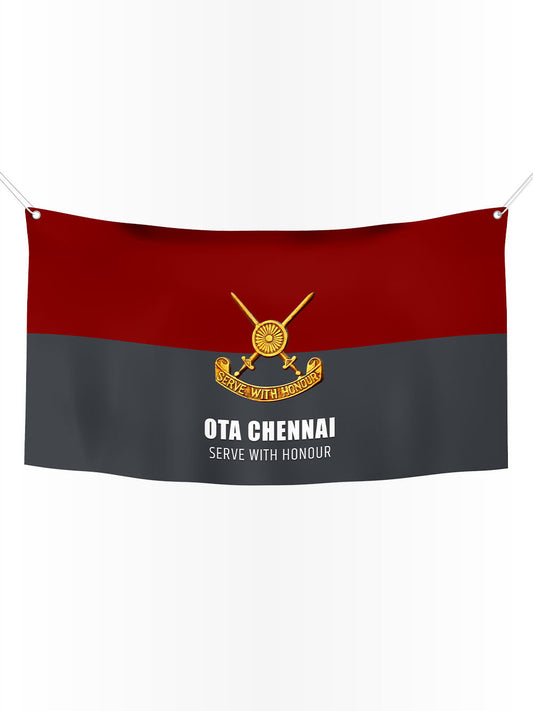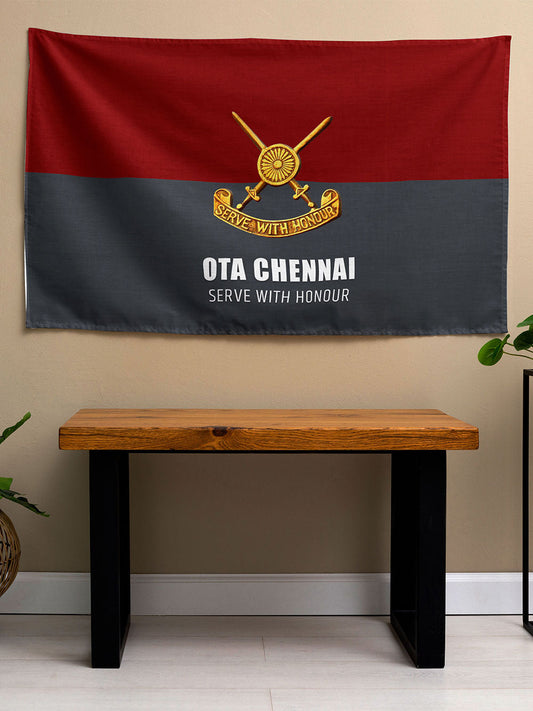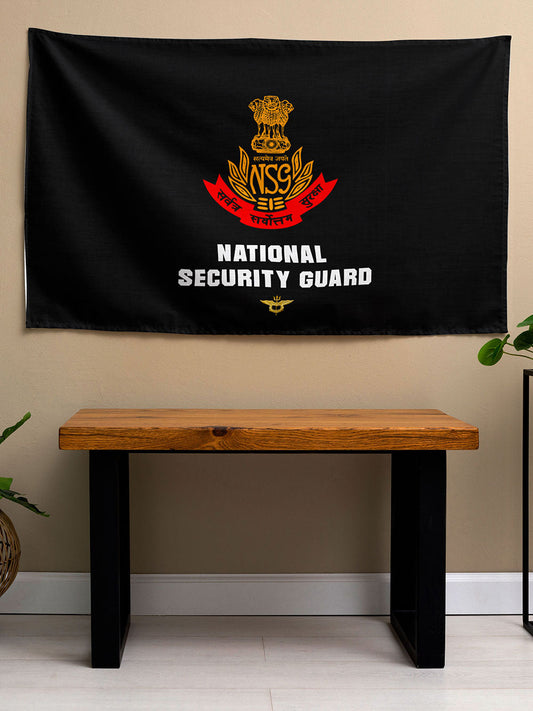Indian Army's Quick Response to AI-171 Crash Highlights Evolving Role in Disaster Management, Says Southern Army Commander

Southern Army Commander Lieutenant General Dhiraj Seth highlighted the Indian Army’s rapid and effective response to the Air India AI-171 crash in Ahmedabad, underscoring its crucial role in national disaster management. Speaking at a symposium at the College of Military Engineering in Pune, Lt Gen Seth stressed the increasing importance of disaster response as a core responsibility for the Indian Army.
The event, titled ‘Exercise Durg Vishwas: Role of Corps of Engineers in National Disaster Management Framework – Risk, Resilience and Response’, gathered senior figures from the Indian Army, the National Disaster Management Authority (NDMA), state disaster agencies, and other key organizations. The focus was on improving inter-agency coordination, readiness, and civil-military cooperation in crisis situations.
As the Chief Guest, Lt Gen Seth remarked that disaster relief now demands continuous training and flawless execution, given its operational reality. He emphasized that the Army's wide presence across India uniquely positions it as a primary responder when civilian capacities are exceeded.
Referring to the AI-171 incident, he detailed that more than 150 Army personnel, including engineers, medical teams, firefighters, and quick reaction units, were quickly deployed. He highlighted the strategic decision to breach the wall between the military hospital and BJ Medical College, impacted by the crash, which was instrumental in rescuing individuals trapped there. The local division's General Officer Commanding also arrived at the scene shortly after the crash.
The symposium featured addresses from Lt Gen Arvind Walia, Engineer-in-Chief, and Lt Gen Syed Ata Hasnain (Retd), a member of the NDMA. Rajendra Singh, an NDMA member and Head of Department, also spoke at the event, which had the former Chief of Army Staff, General Manoj Pande (Retd), as the Guest of Honour.
Lt Gen Walia outlined the expanding role of the Corps of Engineers in national resilience, particularly concerning natural disasters, industrial accidents, and Chemical, Biological, Radiological, and Nuclear (CBRN) threats.
A press release summarizing the symposium emphasized the need for integrated communication protocols among the NDMA, state authorities, and the Armed Forces. It called for increased investment in training and disaster simulations, strategic pre-positioning of engineering assets, enhanced CBRN readiness, and institutionalizing lessons to inform future doctrines and training.
The event reiterated the Indian Army’s dedication to supporting national disaster response with agility, engineering prowess, and seamless collaboration with civilian agencies.
